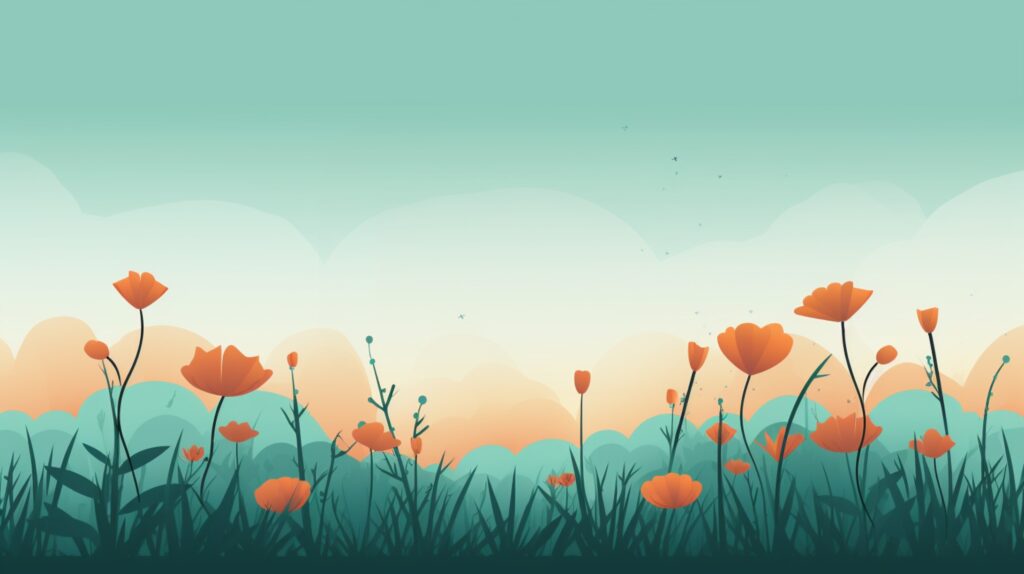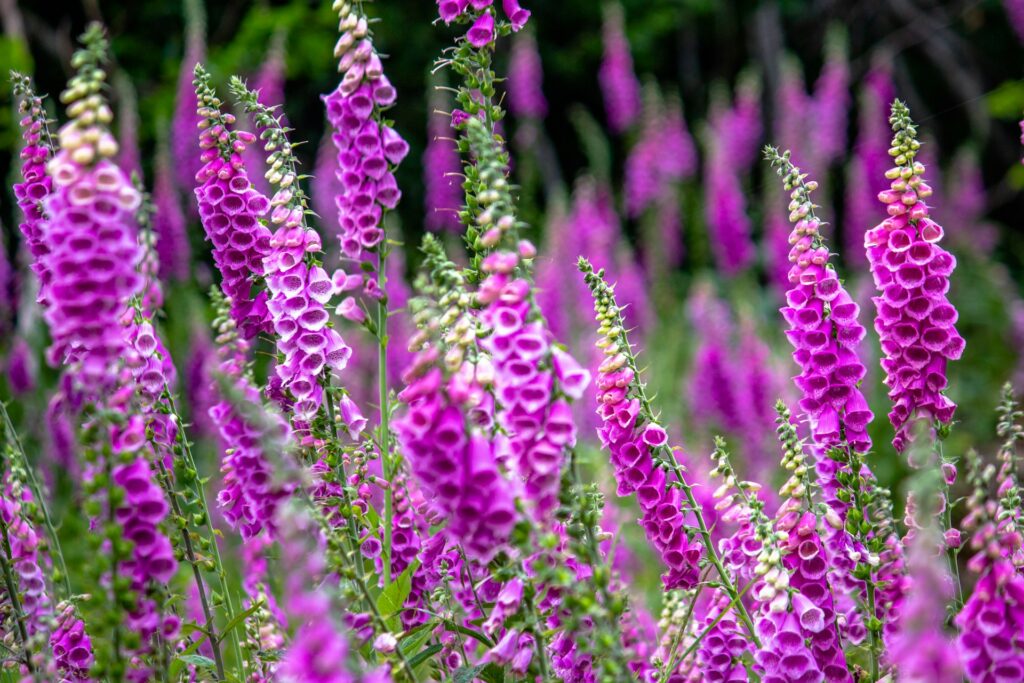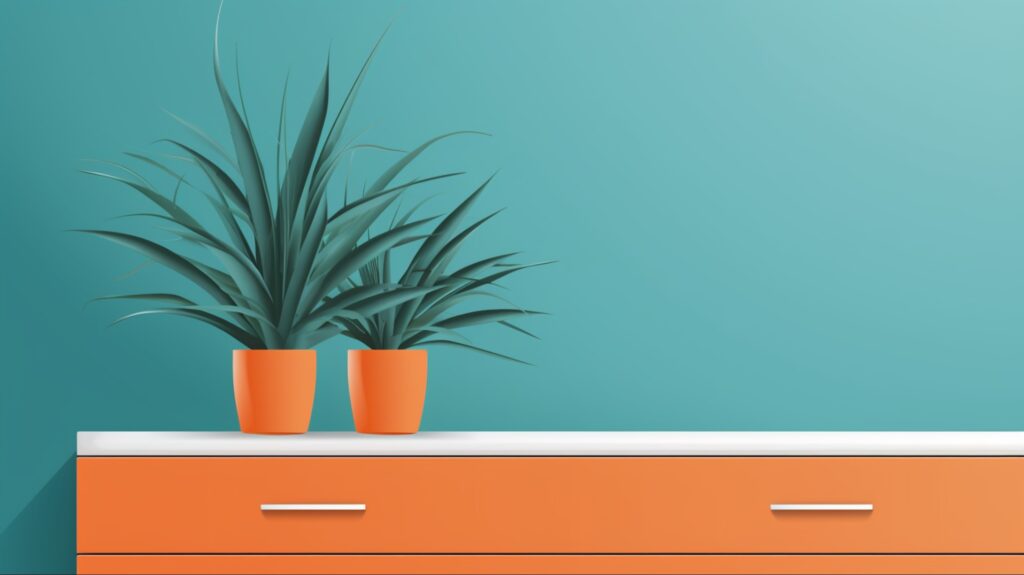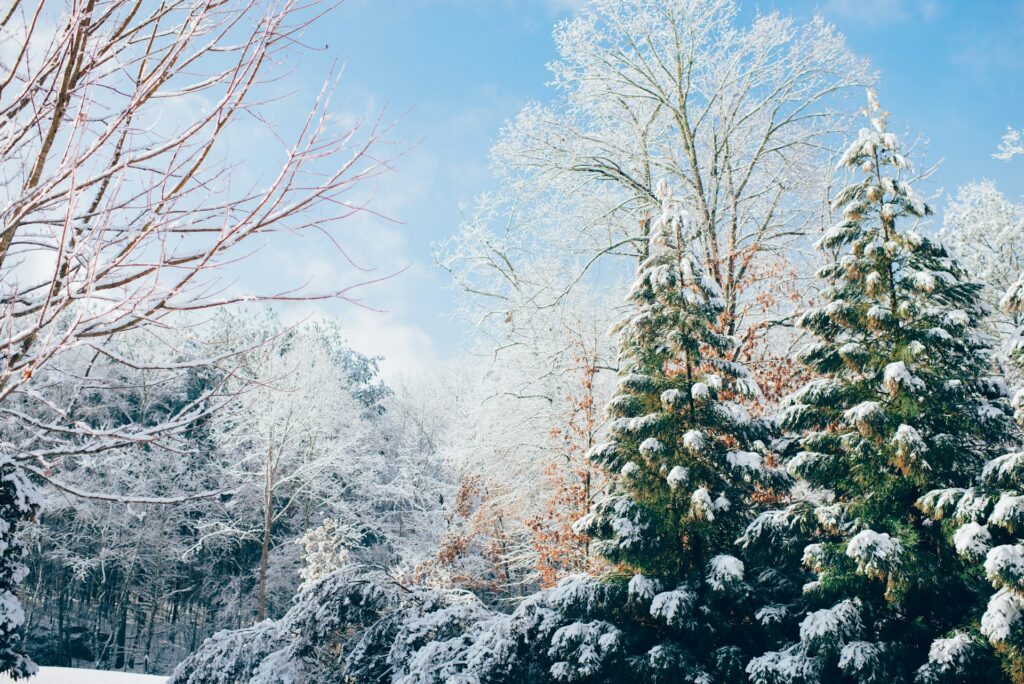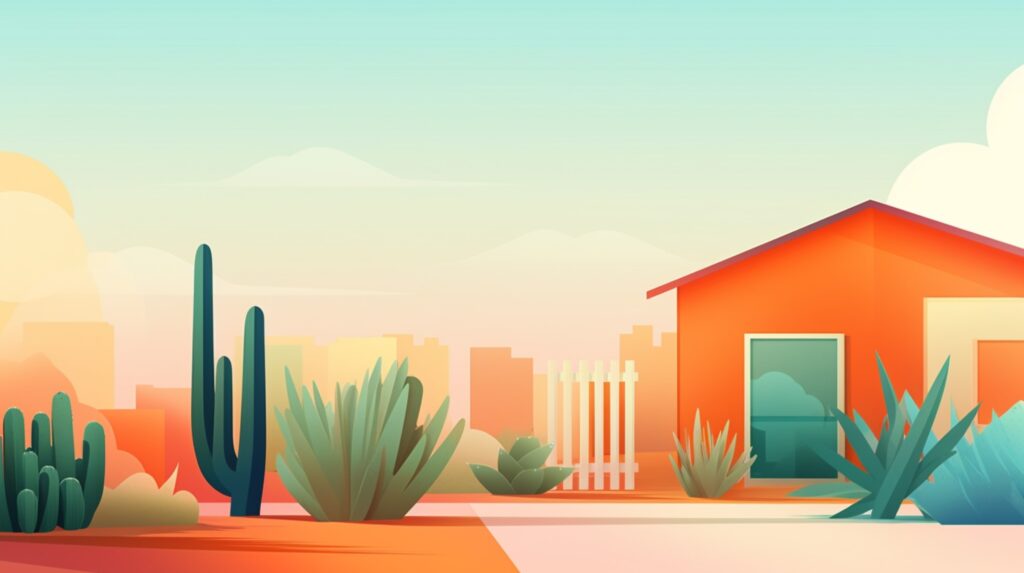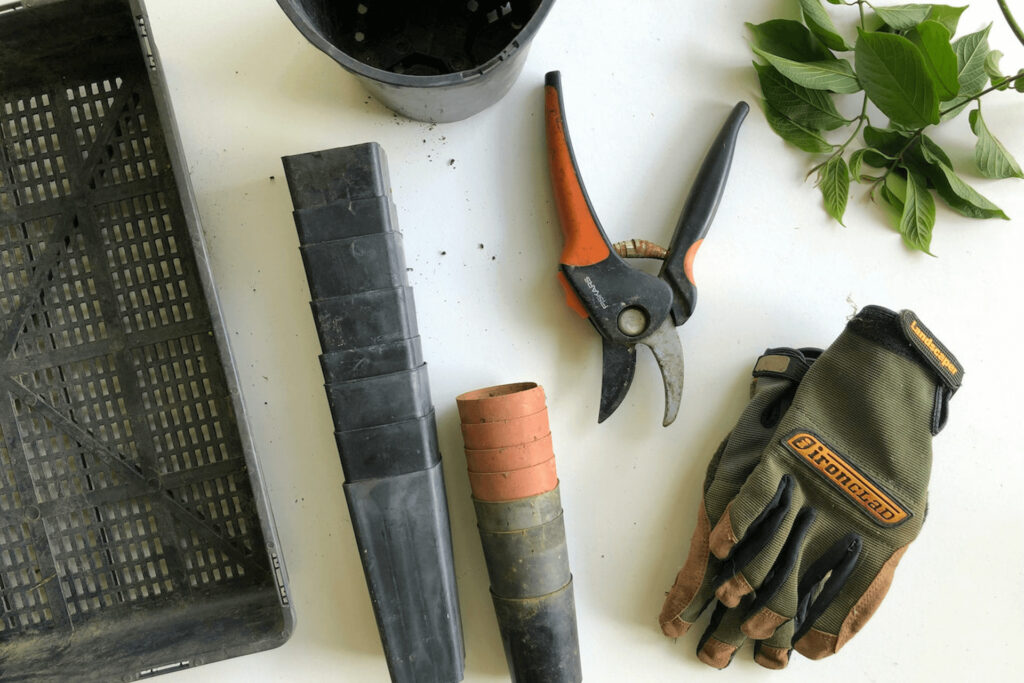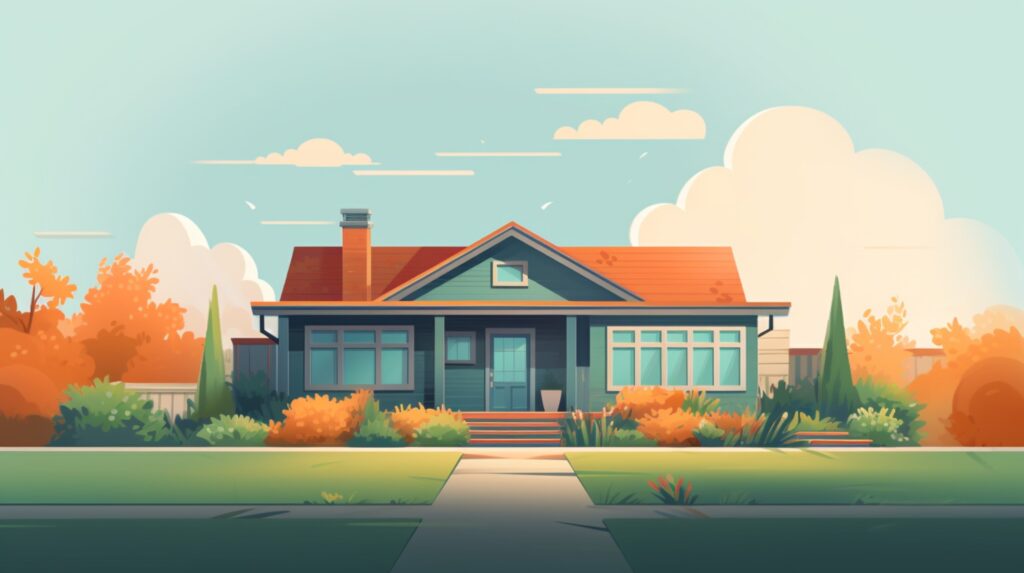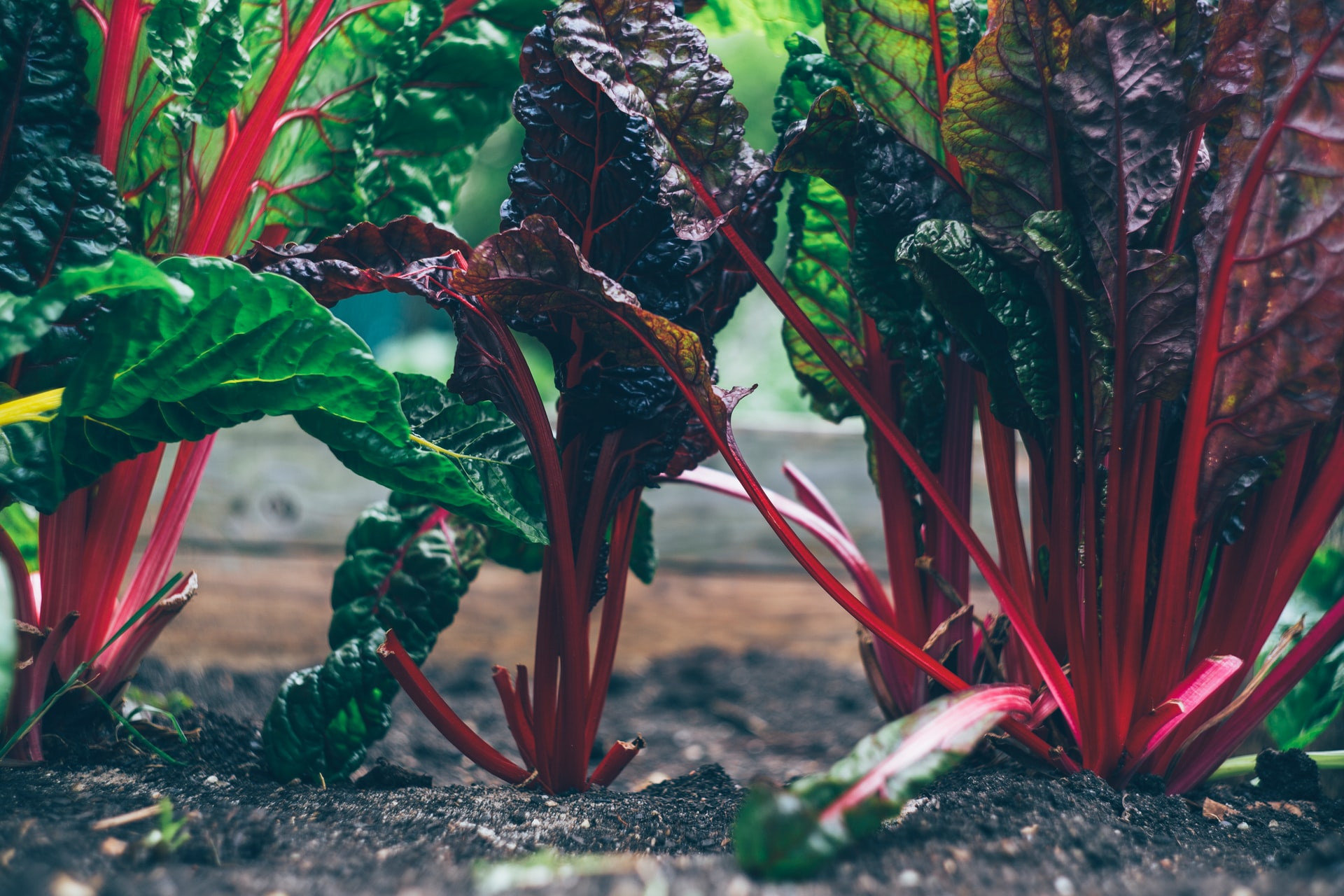
We are reader-supported. When you buy through links on our site, we may earn an affiliate commission.
Gardening is a fun activity to reduce stress and get outside. It can also provide your family with healthy meals. Some plants may require more attention to grow, of course. So here are some of the best beginner-friendly vegetables for your garden.
1. Bush Beans
These grow on compact, bushy plants. This way, you don’t need to place them on stakes or poles to keep them upright. They also take up less space in your garden. You want to use well-drained, organic-rich soil to help them grow. Also, make sure they get full sun
exposure.
Adding bean inoculant to your soil can help produce more crops. In about one to two weeks, the seeds should begin to germinate. Once they sprout, give them at least 2 to 3 inches of water a week.
To have a continuous harvest of bush beans, plant new seeds about once every two weeks.
2. Radishes
Radishes are one of the best vegetables for your garden because they mature quickly. Once they become crisp and mild, you want to harvest them as soon as possible. It takes about 22 to 70 days for them to come to harvest. The best times to grow them are in spring or fall.
Plant the radish in loose, well-drained soil. Keep them in either full sunlight or partial shade. Before planting, remove any rocks, roots, or soil lumps from your garden bed. Radishes are great to add to your salad.
3. Spinach
This vegetable is also grown in cooler temperatures. It grows best in well-drained soil rich in organic matter, such as compost. These plants also tend to grow quickly and can be ready to harvest as early as one month. To keep them tender, use water-soluble plant fertilizer. You also want the fertilizer to be high in nitrogen. Water them with 1 to 1-1/2 inches of water every week.
When it is time to harvest them, remove only the outer leaves, so the centers can continue to grow. These plants grow best in cooler temperatures, such as the spring or fall. You can also harvest into the winter.
4. Salad Greens
These can be grown pretty much anywhere, even on your windowsill. They are cool-weather plants. Use soil rich in humus that is moist but drains well. You want to cover your beds to keep the plants tender. Give them about 1 inch of water per week. Try to water in the morning so the leaves can dry before the sun sets.
5. Broccoli Rabe
This is another easy-to-grow cool-weather crop. Just be mindful that it grows quickly, so you want to harvest as soon as the flower buds appear. Place these plants in full sun and well-draining, organic-rich soil. They don’t need heavy fertilization, making maintaining them a simpler process. Its low-maintenance nature is one of the reasons why broccoli rabe is one of the best vegetables for your garden.
Regularly water the vegetables to keep the dirt evenly moist. Let the soil dry between waterings. You’ll want to thin out your broccoli rabe to prevent it from competing with other plants for nutrients. Pruning can also help with this. To protect your vegetables from pests, you may want to use natural pesticides.
Here some homemade pesticides to add to your garden while helping to protect the planet:
- Vegetable oil spray
- Soap spray
- Neem oil spray
- Garlic spray
- Chile pepper spray
6. Swiss Chard
This plant is both easy to grow and colorful. It can help add some character to your garden. Swiss chard thrives in an environment that has either full or partial sunlight. The soil should be loose and well-drained. You want to thin the plants once they have started to grow a few inches.
The best time to plant is early to mid-spring. Consider succession planting, involving sowing new seeds every week, to increase the length of harvest. These vegetables grow well with other root plants, such as carrots or turnips.
7. Zucchini
Zucchini matures quickly. However, it does require more space to grow. This vegetable needs total exposure to sunlight and moist soil rich in organic materials to thrive. Before planting, add a layer of compost and native soil to provide the crop with more nutrients. Once you plant the zucchini, be sure to water and fertilize regularly.
8. Rhubarb
This vegetable is drought-resistant, can handle cooler climates, and is free of most pest problems. It also can grow with minimal attention. You will want to keep it in full sun and slightly moist soil. To help with water drainage, consider using raised beds. When planting, dig out a wide hole and fill it with compost and garden soil. Add organic fertilizer and place the roots inside the opening.
You want to keep the vegetable well-watered. Using mulch can help prevent water loss.
9. Basil
These are a form of herb that is easy to grow and nutritious. Just keep in mind basil is frost-sensitive, so it needs warmer temperatures. To help your plant thrive, place them in a location that receives lots of sunlight and use fertile, well-drained soil.
Make your dirt more nutrient-filled by adding compost or mulch. Keep your basil well-watered but not oversaturated. Try to water close to the ground to keep leaves dry.
10. Kale
Kale is also a low-maintenance crop that is nutritious. Place it in full sun and well-drained, fertile soil. Make sure trees don’t shade your garden area. Also, add compost to provide your ground with more nutrients.
Here is some material to add to your compost pile:
- Wood chips
- Table scraps
- Leaves
- Pine needles
Water your kale about once a week. Once it’s ready to be harvested, start from the lower leaves.
The Best Easy to Plant Vegetables for Your Garden
Gardening is a great way to satisfy your green thumb! Some plants may require more TLC than others, so to make the process simpler and more enjoyable, consider adding these easy-to-grow vegetables to your garden.




